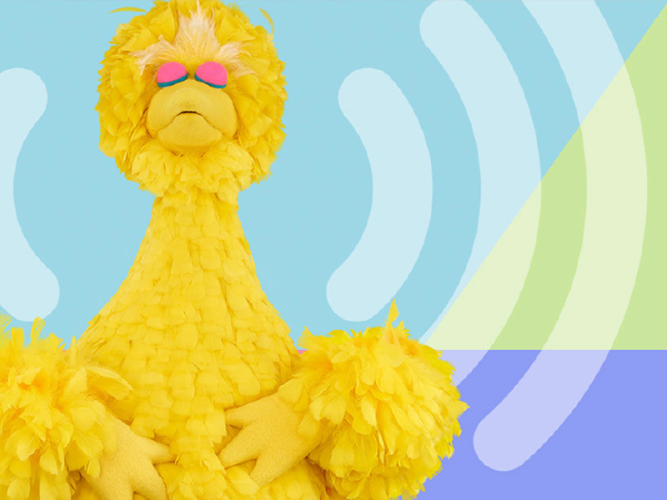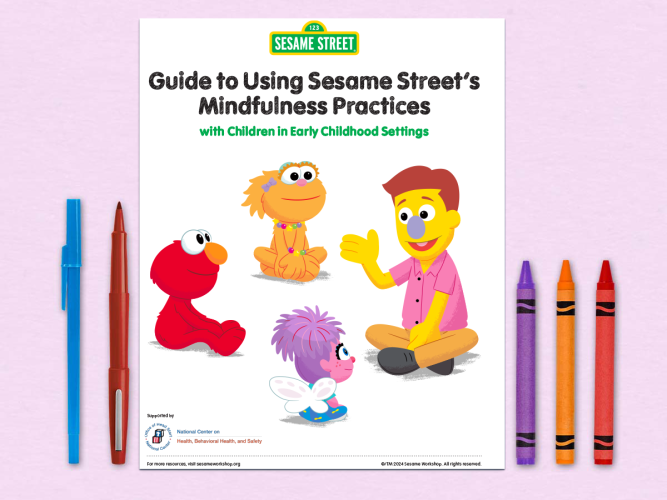
Expressing Emotions
Learn five easy ways to encourage children to share their feelings with you.
Every day brings chances for children to express their emotions. Here are five ways you can encourage children to share their feelings with you.
Act It Out
Children often work through their biggest feelings while pretending. Fill a box with clothing that you no longer wear, like work shirts and hats, along with materials like wooden spoons, pillowcases, and paper-towel rolls. As children play, help them talk about emotions by asking, “How does this character feel? Why is she feeling ______?”
Share Emotions
Children will be more likely to share emotions if they see grown-ups doing it, too. During mealtime, go around the table and share one thing you did and one emotion you felt that day.
Build on Books
Use books as a window into emotions. Choose books in which the characters struggle with big emotions. Ask children, “How does this character feel? Why do you think they feel this way? Have you ever felt this way?”
Feel the Beat
Children may have an easier time showing you how they feel if they do it in physical ways. Turn on music and encourage children to express their feelings with movements. Help them to name their feelings as they dance.
Heart to Art
Kids can draw their feelings. Say, “Can you draw a happy thing that happened today?” If children come home with art you might say, “Tell me how this person is feeling,” or, “This drawing reminds me of a time when I felt _______.”

Mindful Caregivers
Practicing mindfulness is a great way to slow down and reset.

Mindful Monsters: Self-Love Mantras with Grover
In this podcast, Grover shares some mindful mantras.

Mindful Monsters: Look and Notice with Cookie Monster
Cookie Monster helps children practice mindfulness by looking and listening carefully to their surroundings.

Mindful Monsters: Bubble Breathing with Abby Cadabby
In this podcast, Abby Cadabby guides children through a bubble breathing exercise.

Mindful Monsters: Body Scan with Big Bird
In this podcast, Big Bird guides children through a mindful body scan.

Mindful Monsters: A Podcast Guide to Peace
A guide with tips for using the Mindful Monsters Podcast Series.

Mindful Monsters: Whole-Body Listening with Elmo
In this podcast, Elmo practices whole-body listening.
